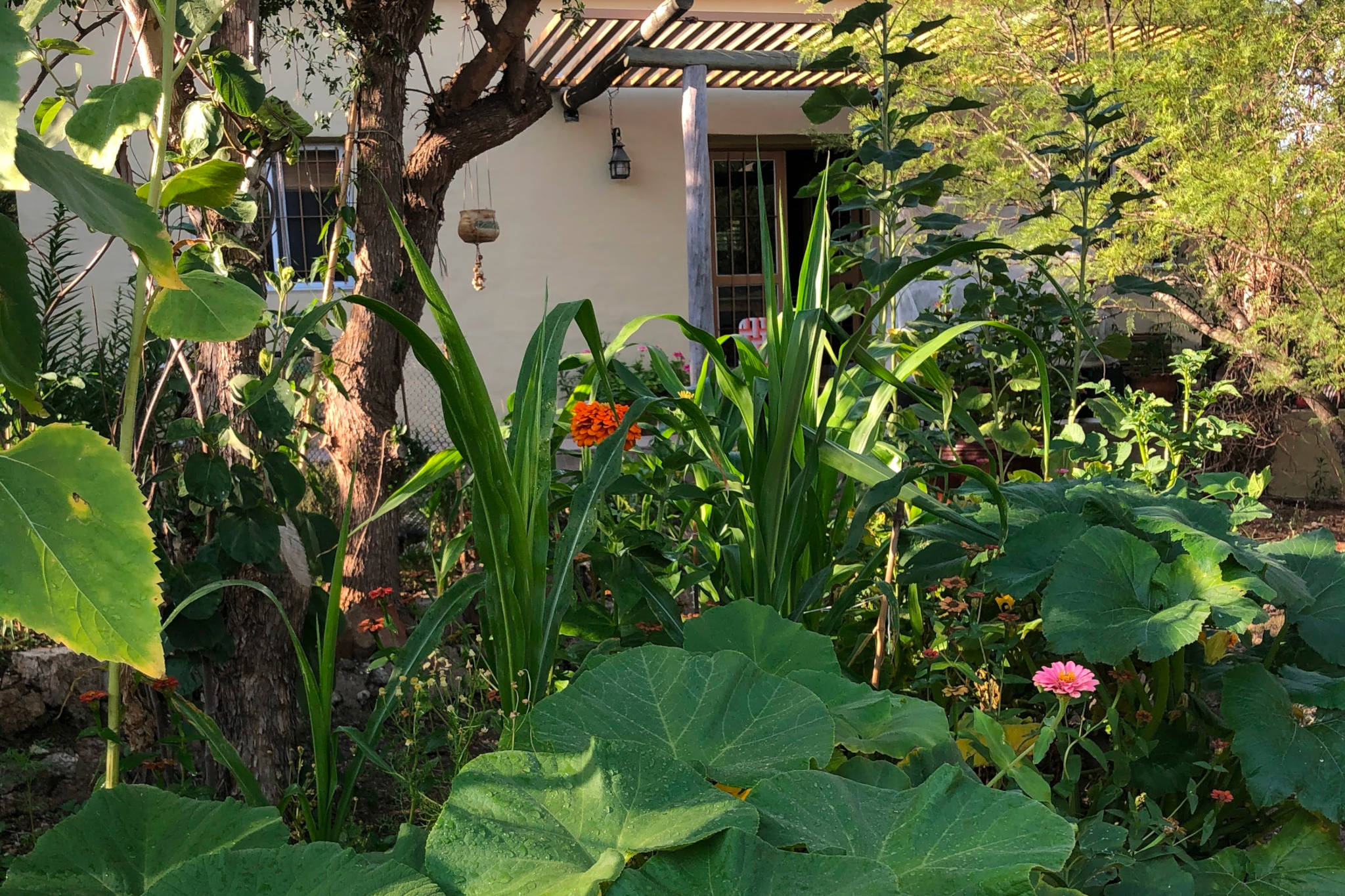Top 10 Essential Bookbinding Tools for Handmade Books
To us, “handbound” means hands on, heart in. Always. Every custom book that leaves our bindery has been sewn, glued, folded, and pressed by real humans with real tools that tell their own stories. Here’s our daily cast of characters: the beautiful, the practical, and the weirdly indispensable.
What Bookbinding Tools Do You Really Need to Make a Custom Handmade Book?
Whether you're a book artist, a fellow maker, or just someone who appreciates real craftsmanship, this guide shares the tools behind every personalized journal, guest book, and keepsake notebook we make.

1. Hands (Yes, the Original Tool!)
• They fold, sew, glue, trim, type, and pack—sometimes around the clock. And somehow they can still open a bottle of wine after all of that. We couldn't be more grateful.

2. What is a Bonefolder? (And Why You'll Love Them)
• You can never have too many. They fold, crease, lift, press, smooth out. And they feel lovely in your hand.
• They really are made out of bones. Except the last 3 on the right, which are made out of teflon and have the brilliant advantage of NOT burnishing paper or canvas.
• They’re the definitive trait of a bookbinder. Hobie Cat sailors wear a specialized metal tool around their necks while out on the water. Bookbinders? We carry bonefolders.


3. Awls For Punching Holes Prior to Sewing Handmade Books
• For precision, every book is punched with holes before sewing.
• Sensing a pattern? Just like with bonefolders, we keep a whole family of awls so we can adapt to different paper weights, binding styles, and moods.

4. Sewing Cradles or Signature Punching Tools or Piercing Cradles (Or whatever title makes your boat float!)
• The awl’s best friend. Sewing cradles support your pages while you punch clean, even holes. Again, we keep a wide variety of formats, so we can work comfortably across different paper weights, book sizes, and binding styles.
• Just getting started? You can make your own piercing cradle (like the cardboard one above) or even open an old phone book to the middle and use that! A satisfying case of repurposed obsolescence: still sturdy, still useful.
• The orange signature punching tool can be purchased from iBookBindingStore. More on him below!


5. The Quirky, Efficient and Oddly Essential Mini Bookbinding Tools We Love
• These are the quiet specialists, the tools we reach for instinctively. From mini clamps to brass spacers, dental tweezers to scalpels, each one is an extension of our hands. They keep our process both efficient and artful.
• For anyone learning bookbinding, this is where things get interesting. The tools scattered across a binder’s desk might come from hardware stores, dental kits, school pencil boxes, or past lives entirely. Together, they form a perfectly odd little team, each one making the craft more intuitive, efficient, and just plain fun.

6. Best Rulers for Bookbinding
• When it comes to straight lines and clean cuts, metal rulers are a bookbinder’s best sidekick, especially because of the slippery ways of an X-Acto blade. Plastic never stood a chance.
• We use metric rulers because 14/16 of an inch never made sense to me. Especially when I quickly need to know what a third of that is for quick cut.
• As with most tools in the studio, we keep a variety on hand (different lengths, weights, and formats) to suit the specific job, mood, or mess in front of us.


7. Corner Cutting Tools
• We love shortcuts for repetitive tasks, and these little gadgets are one of our favorites. Corner cutting tools eliminate the need to measure when trimming corners before covering book boards.
• You can absolutely make your own, but we love the 3D printed ones we picked up from iBookBinding on Etsy. They're bright, simple, and have the perfect dimensions.
• They might be small, but they pack a time-saving punch. Anything that keeps things hopping along during big binding sessions is worth its weight in neon plastic.


8. Funky Alternatives to Bookbinding Presses
• Yes, we own traditional book presses. But when it comes to speed and flexibility, we often reach for something simpler: a stack of wood boards (see below) and anything heavy.
• Our go-to lineup includes a chunk of old train track and a lineup of antique irons we’ve collected over the years. They’ve got just the right heft and loads of personality.


9. Wooden Boards for Bookbinding (The Steadfast Workhorses)
• We’ve got a full gaggle of them—different sizes, weights, woods, and quirks. Some have been with us since the beginning, some even answer us when we ask questions.
• Used for everything: pressing books, shaping spines, reinforcing blocks. They’re the motley crew that keeps the whole show running.

10. Hoss, the Giant Board Shear
• Every bindery has a beast. Ours is Hoss—a hulking board shear that slices through binder’s board like butter.
• We worked our way up to him after many years of cutting board by hand. When bookbinding shifted from a passion to a profession, we needed to protect our bodies and pick up the pace. That’s when Hoss wandered in.
• That counterweight? A menace to lift, but a dream to operate. Thanks to solid routines (and a healthy fear), we’ve managed zero injuries. Just a few vivid nightmares.
• Hoss has spared us from a thousand hand cramps and enough Advil to fill a slipcase. Our wrists thank him daily. He was worth every penny.
One Last Fold
We managed to cram 20+ years of bookbinding into a list of 10 tools, but any binder will tell you, the list never really ends. Shoe hammers, tapestry needles, tongue depressors, cutting mats, Q Tips, post-it notes, paint rollers... every tool has its moment. The longer you bind, the more loyal companions you collect.
Want to see where all this tool talk leads? Check out the books.
Thank you so much for stepping into the studio with us. We are so glad you came to visit! We hope it leaves you just a little more in love with the handmade.
Our Favorite Bookbinding Tool Sources
Now if bookbinding is considered an obscure (yet potent) craft, imagine the folks that make the tools for us! Here are some of our favorite places to browse, learn, or get started:
• Talas Online – Great for archival materials, PVA glue, and tools
• iBookBindingStore – An amazing collection of 3D printed tools for bookbinding.
• Hollanders – Beautiful book cloth, paper, and beginner kits
• Colophon Book Arts – Lovely tools and supplies for book artists
• The Book Arts Web – Our favorite hub for everything about bookbinding.
Frequently Asked Questions
What tools do I need to start bookbinding?
You really just need a few basics to get going: something sharp (like an awl), something basic (like a tapestry needle and thread), and something that creases folded paper, like the handle of a butter knife! And then, of course, a few books that teach bookbinding, and you'll be on your way.
Is bookbinding hard to learn?
Not hard, just careful. It's quiet work. If you like slow crafts and don’t mind thread in your tea, you’ll love it. Besides, in all my years of bookbinding I've never seen anyone NOT do a little happy dance after handcrafting their first book.
What’s a bonefolder used for?
Folding, smoothing, creasing, lifting gluey corners. And occasionally, calming your nervous system.
Where do you find your favorite bookbinding tools?
Some come from my bindery toolbox, some from other crafts, and a few are total surprises. (Like the teflon folder that changed my life.) Do scroll up to see a list of our preferred suppliers. If you're curious what kind of books they help create, you can peek at our handbound books here.
Do people still hand-bind books today?
Absolutely. At an online SEO workshop not long ago, I said I was a bookbinder, and someone replied, “What a cute niche!” I leaned back, bunched my eyebrows, and said, “Whaaaaa?”
We've been boogying behind the scenes for centuries now. We even have subcultures, like the artisans who make our tools, binding canvases, and bonefolders.
In this extremely digital world, our craft is a soft, kind counterbalance to all that screen time. We are a thriving, worldwide community that is more relevant than ever. More FUN than ever.
Want to save this guide for later? Pin it to your favorite craft or bookbinding board from here:








4 comments
@Marsha so glad you found us! We absolutely do have a website where you can enjoy the handbound books we have available. Either choose from our designs, or bring your own to the table. Enjoy it all from here: https://transientbooks.com/
@Dorothy—thank you so much!! We loved working on it.
A terrific posting! So well done👏
Do you have a catalog or computer site where I can shop for the books you have available? I am mostly interested in calendars/planners/journals. thank you